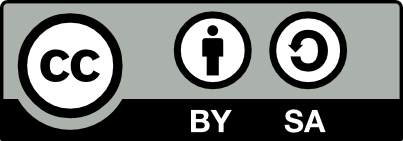3D printing technologies have matured to produce complex structures, still they are often limited to static materials. Introducing alkoxyamine bonds into 3D printed structures offers unprecedented possibilities for post-synthetic modification through nitroxide exchange reaction (NER) and nitroxide-mediated polymerization (NMP). This study provides a comprehensive molecular and macroscopic characterization of 3D printed alkoxyamine-containing dynamic covalent adaptable networks (CANs). Our study provides new insights into their dynamic structural and mechanical alterations, making them promising candidates for advanced applications ranging from biomedical engineering to flexible electronics.
This dataset encompasses the raw data underpinning the measurements presented in our manuscript. Specifically, Figures 2b, 3a, S1a, and S1c were derived from text-based raw data obtained via EPR measurements. The raw data for Figure 3d, which involved IR measurements, are provided both in text format and as Opus files. For Figure 4a, which is based on ISEC measurements, the dataset includes information on the elution volume and molecular weight of polystyrene standards. This data was processed using the PSS Porocheck software, and the resultant plots are also available in an Excel file for further analysis. Figures 6a, 6b, and 6c, which involve DMA measurements, have their raw data stored in an Excel format. Likewise, the raw data for Figure 6d, derived from DSC measurements, are also cataloged in Excel files. Additionally, each set of measurement data is accompanied by OriginLab files, which were utilized for figure generation and are available for review. This comprehensive documentation and the use of common file formats like Excel and Opus ensure that our dataset is accessible and reusable for future research endeavors.
Alkoxyamine dynamic bond
Nitroxide mediated polymerization
Nitroxide exchange reaction
3D Printing
Tsotsalas, Manuel https://orcid.org/0000-0002-9557-2903
Spiegel, Christoph A.
Zimmermann, Daniel
Blasco, Eva
Wilhelm, Manfred
Huber, Birgit
Mutlu, Hatice
Theato, Patrick https://orcid.org/0000-0002-4562-9254
Diehm, Juliane
Franzreb, Matthias https://orcid.org/0000-0003-3586-4215
Views
Downloads
